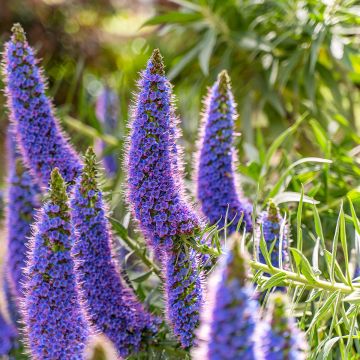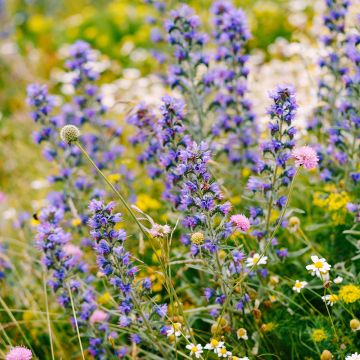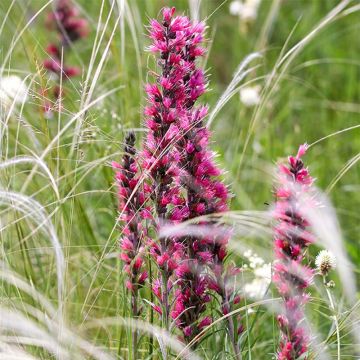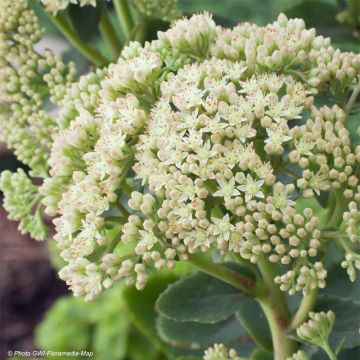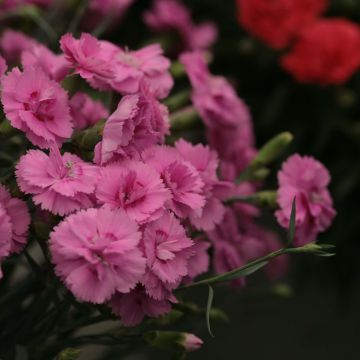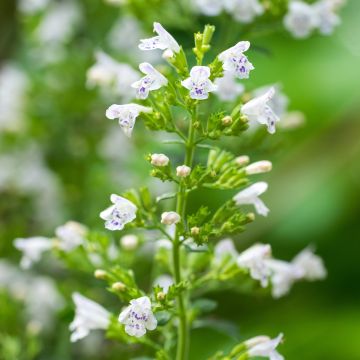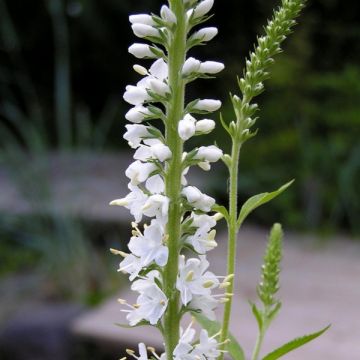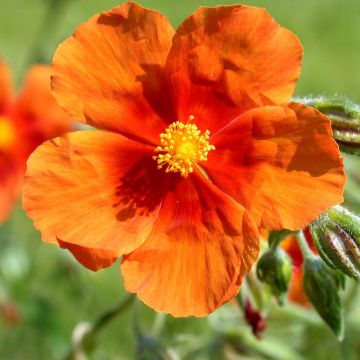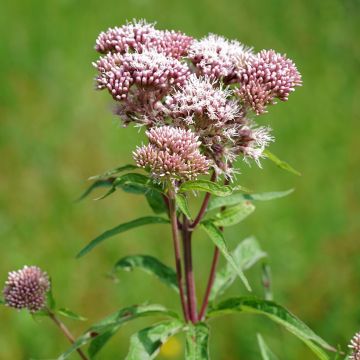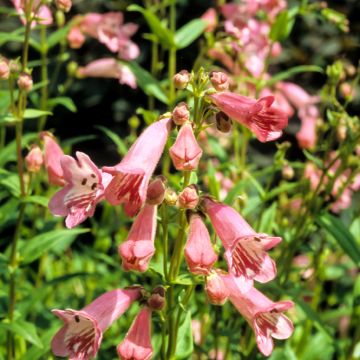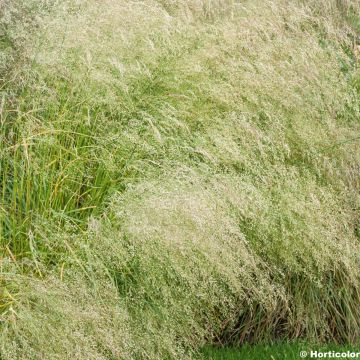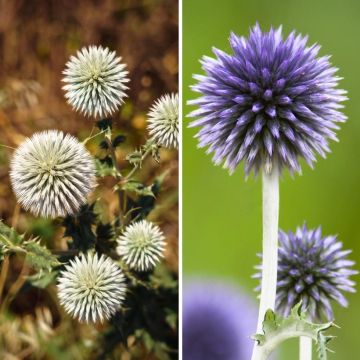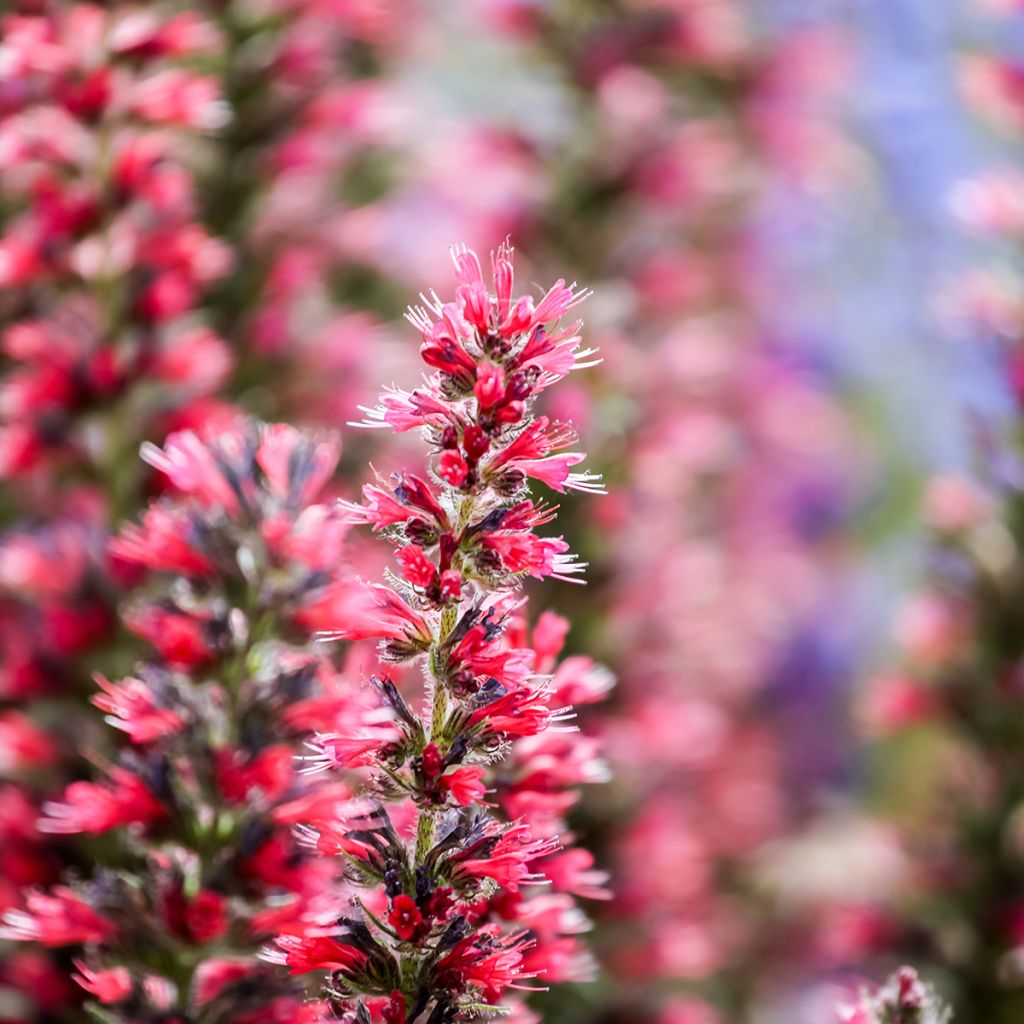

Echium amoenum Red Feathers
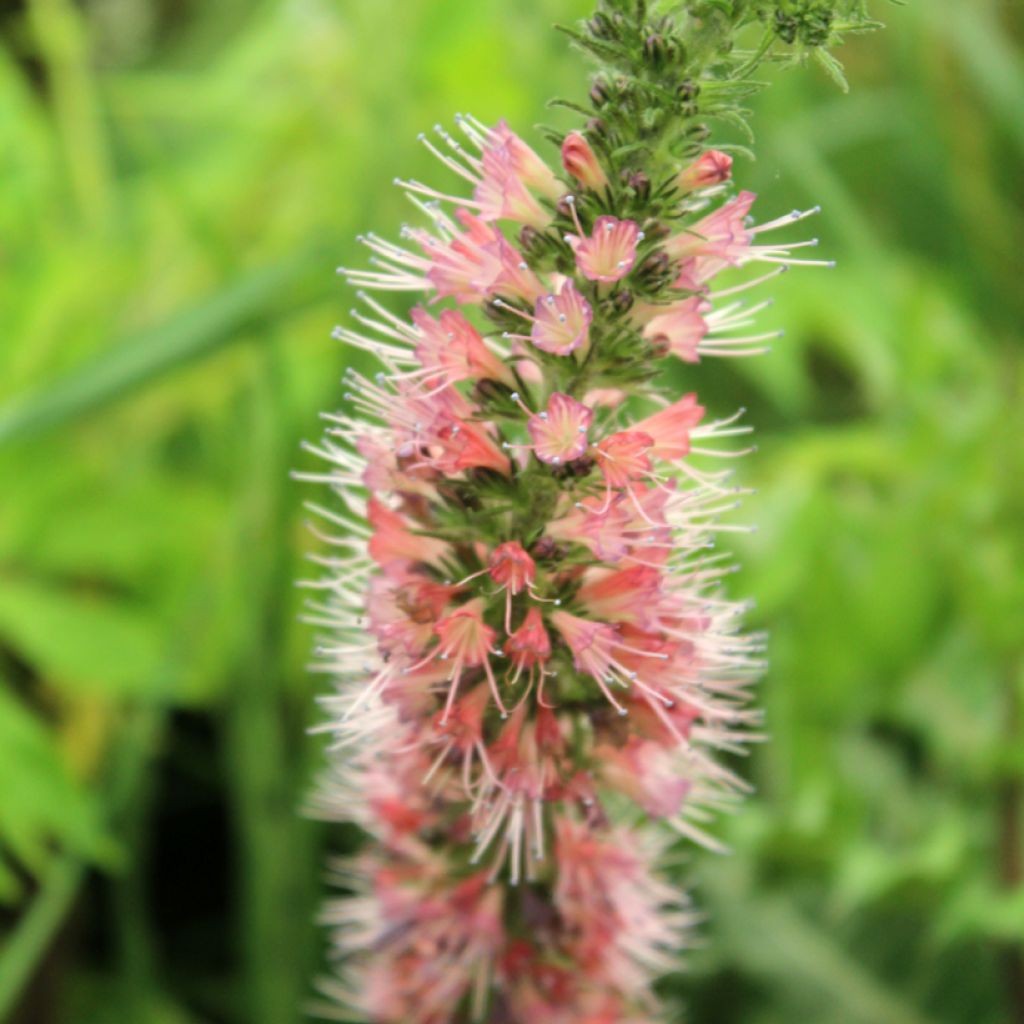

Echium amoenum Red Feathers
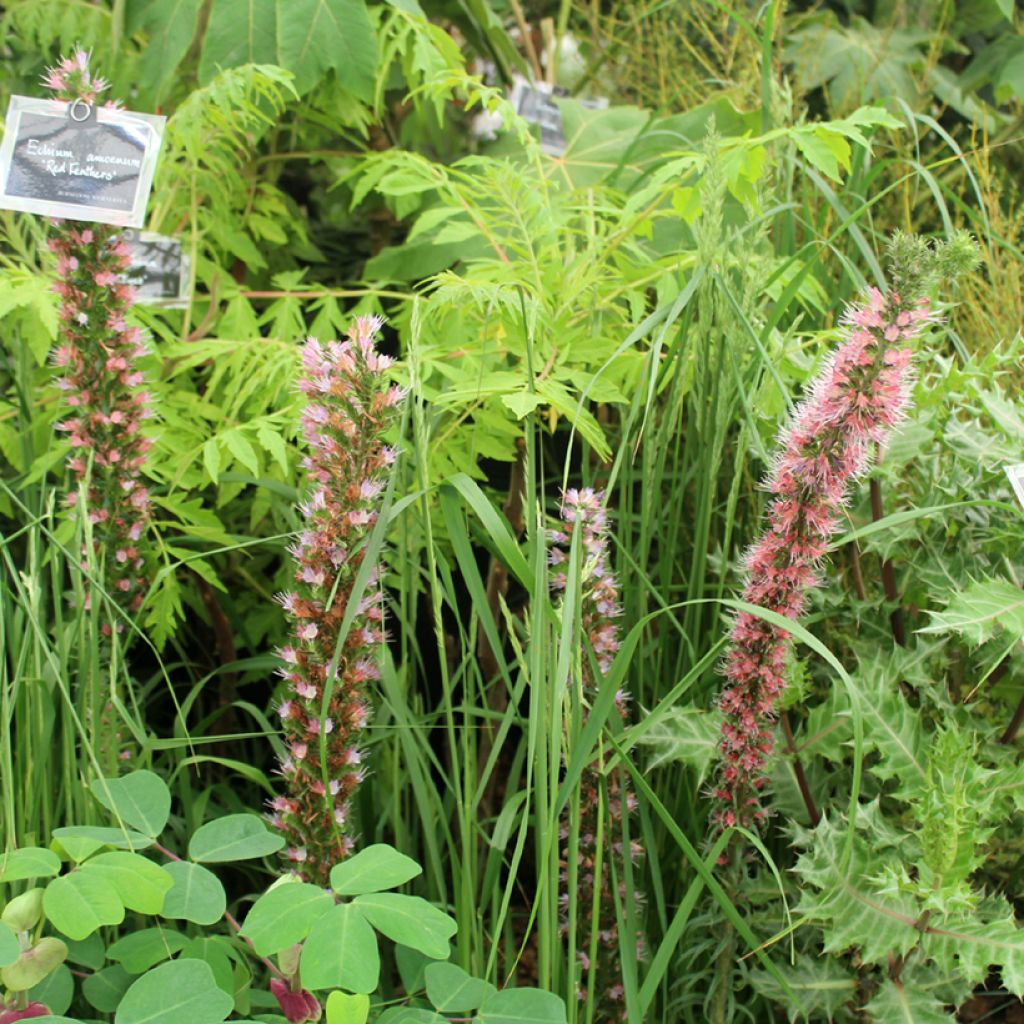

Echium amoenum Red Feathers
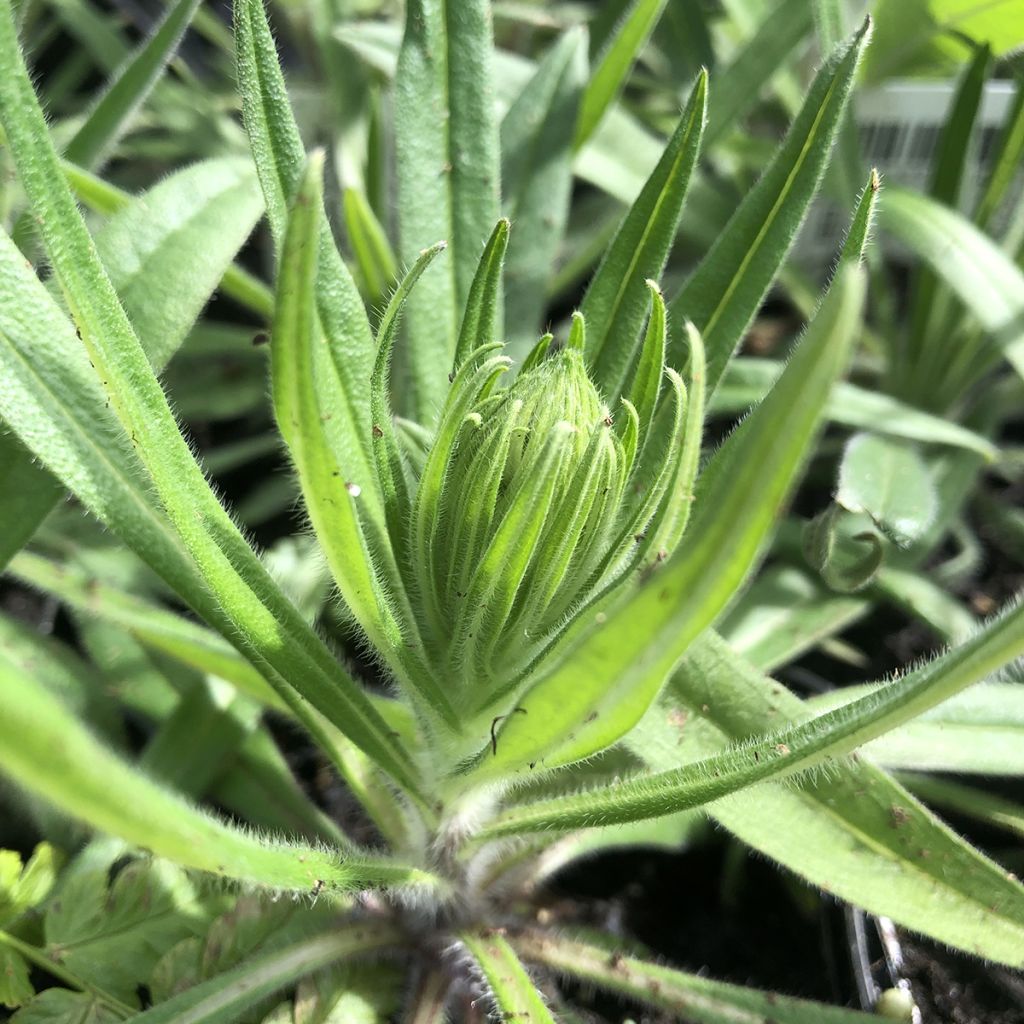

Echium amoenum Red Feathers
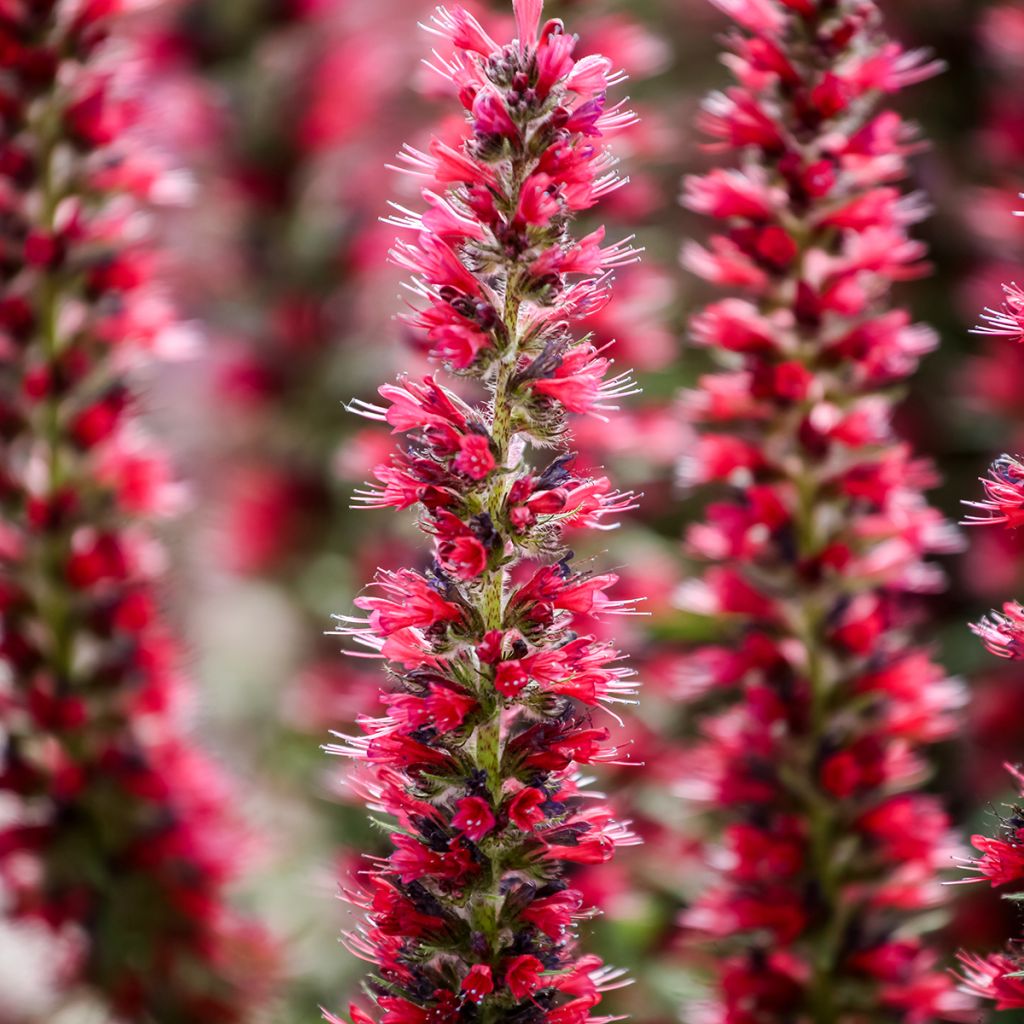

Echium amoenum Red Feathers
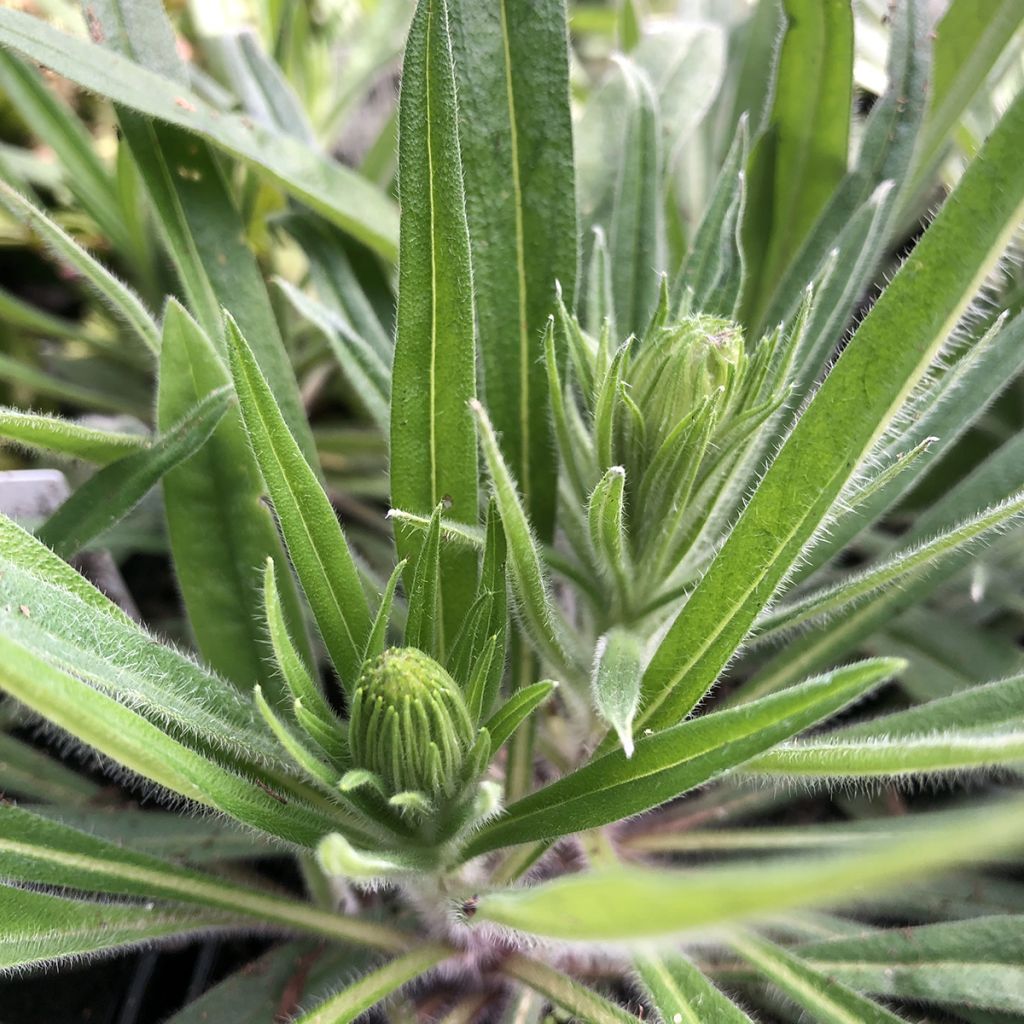

Echium amoenum Red Feathers
Echium amoenum Red Feathers
Echium amoneum Red Fathers
Vipers Bugloss
Hello, I'm really very happy, MAGNIFICENT, thank you.
Maryvonne , 27/09/2023
This item cannot be shipped to the selected country
Delivery charge from €5.90
Delivery to Corse prohibited
More information
Schedule delivery date,
and select date in basket
This plant carries a 12 months recovery warranty
More information
We guarantee the quality of our plants for a full growing cycle, and will replace at our expense any plant that fails to recover under normal climatic and planting conditions.
From €5.90 for pickup delivery and €6.90 for home delivery
Express home delivery from €8.90.
Delivery to Corse prohibited: UE law prohibits the import of this plant from mainland France to Corse as part of the fight against Xylella fastidiosa. Please accept our sincere apologies.
More information

Does this plant fit my garden?
Set up your Plantfit profile →
Description
Echium amoenum 'Red Feathers' is a very beautiful viper's bugloss with crimson red flowers that grows in a small region including northern Iran, the Caucasus, and Russia, up to an altitude of 2,200 metres (7 feet). It is a very hardy but short-lived plant, biennial or perennial, which blooms for long weeks if one regularly removes faded flower spikes. Its spectacular flowering in the form of dense spikes emerges from a basal rosette of narrow and hairy, greyish-green leaves. It will find a place in embankments, rockeries, borders, and natural-inspired flower beds where it will self-seed. This robust plant tolerates poor and chalky soils, provided they are well-drained but requires full sun to flourish.
Echium amoenum is a plant with a taproot of the boraginaceae family originally from Western Asia. This viper's bugloss forms a dense and compact basal rosette of leaves 20 cm (8in) in diameter in the first year and blooms from the second year onwards. A short-lived perennial, it often disappears after producing seeds, but self-seeds spontaneously in light or rocky soil. The lanceolate and rough foliage is covered with stiff hairs that give it a greyish appearance and persists in winter. Flowering takes place from May-June to September-October depending on the climate, in the form of magnificent, striking 40 cm (16in) spikes. It is impossible not to notice them, even if surrounded by greenery or dried foliage because of the dark red buds coexisting with fully bloomed flowers of a crimson red alongside faded flowers of a softer antique pink. This plant is very resistant to cold in perfectly drained soil and tolerates summer drought.
Echium Red Feathers can be used in rockeries, borders, well-drained flower beds, and of course in natural dry gardens. It can be associated with Damask Nigellas, perennial flax, ammis, and shrubby sages in natural areas. Paired with stipa tenuissima, on a dry slope or rockery, it will create a superb contrast. This plant is remarkably rich in nectar and has the ability to continuously produce nectar, providing a precious food source for pollinators. Echium honey has sought-after qualities; a beautiful amber colour, a low capacity to crystallize and a sweet, floral scent.
Report an error about the product description
Echium amoenum Red Feathers in pictures




Flowering
Foliage
Plant habit
Botanical data
Echium
amoneum
Red Fathers
Boraginaceae
Vipers Bugloss
West Asia
Other Echium - Viper's-buglosses
Planting and care
Echiums prefer warm and sunny places, in dry, poor, sandy, rocky, well-drained, even limestone soil. They are more majestic in moist soil but shorter-lived. Under no circumstances do they tolerate more than one season in heavy, compact and wet soil. These plants self-seed in gravel-covered soils.
Planting period
Intended location
Care
-
, onOrder confirmed
Reply from on Promesse de fleurs
Summer flowering perennials
Haven't found what you were looking for?
Hardiness is the lowest winter temperature a plant can endure without suffering serious damage or even dying. However, hardiness is affected by location (a sheltered area, such as a patio), protection (winter cover) and soil type (hardiness is improved by well-drained soil).

Photo Sharing Terms & Conditions
In order to encourage gardeners to interact and share their experiences, Promesse de fleurs offers various media enabling content to be uploaded onto its Site - in particular via the ‘Photo sharing’ module.
The User agrees to refrain from:
- Posting any content that is illegal, prejudicial, insulting, racist, inciteful to hatred, revisionist, contrary to public decency, that infringes on privacy or on the privacy rights of third parties, in particular the publicity rights of persons and goods, intellectual property rights, or the right to privacy.
- Submitting content on behalf of a third party;
- Impersonate the identity of a third party and/or publish any personal information about a third party;
In general, the User undertakes to refrain from any unethical behaviour.
All Content (in particular text, comments, files, images, photos, videos, creative works, etc.), which may be subject to property or intellectual property rights, image or other private rights, shall remain the property of the User, subject to the limited rights granted by the terms of the licence granted by Promesse de fleurs as stated below. Users are at liberty to publish or not to publish such Content on the Site, notably via the ‘Photo Sharing’ facility, and accept that this Content shall be made public and freely accessible, notably on the Internet.
Users further acknowledge, undertake to have ,and guarantee that they hold all necessary rights and permissions to publish such material on the Site, in particular with regard to the legislation in force pertaining to any privacy, property, intellectual property, image, or contractual rights, or rights of any other nature. By publishing such Content on the Site, Users acknowledge accepting full liability as publishers of the Content within the meaning of the law, and grant Promesse de fleurs, free of charge, an inclusive, worldwide licence for the said Content for the entire duration of its publication, including all reproduction, representation, up/downloading, displaying, performing, transmission, and storage rights.
Users also grant permission for their name to be linked to the Content and accept that this link may not always be made available.
By engaging in posting material, Users consent to their Content becoming automatically accessible on the Internet, in particular on other sites and/or blogs and/or web pages of the Promesse de fleurs site, including in particular social pages and the Promesse de fleurs catalogue.
Users may secure the removal of entrusted content free of charge by issuing a simple request via our contact form.
The flowering period indicated on our website applies to countries and regions located in USDA zone 8 (France, the United Kingdom, Ireland, the Netherlands, etc.)
It will vary according to where you live:
- In zones 9 to 10 (Italy, Spain, Greece, etc.), flowering will occur about 2 to 4 weeks earlier.
- In zones 6 to 7 (Germany, Poland, Slovenia, and lower mountainous regions), flowering will be delayed by 2 to 3 weeks.
- In zone 5 (Central Europe, Scandinavia), blooming will be delayed by 3 to 5 weeks.
In temperate climates, pruning of spring-flowering shrubs (forsythia, spireas, etc.) should be done just after flowering.
Pruning of summer-flowering shrubs (Indian Lilac, Perovskia, etc.) can be done in winter or spring.
In cold regions as well as with frost-sensitive plants, avoid pruning too early when severe frosts may still occur.
The planting period indicated on our website applies to countries and regions located in USDA zone 8 (France, United Kingdom, Ireland, Netherlands).
It will vary according to where you live:
- In Mediterranean zones (Marseille, Madrid, Milan, etc.), autumn and winter are the best planting periods.
- In continental zones (Strasbourg, Munich, Vienna, etc.), delay planting by 2 to 3 weeks in spring and bring it forward by 2 to 4 weeks in autumn.
- In mountainous regions (the Alps, Pyrenees, Carpathians, etc.), it is best to plant in late spring (May-June) or late summer (August-September).
The harvesting period indicated on our website applies to countries and regions in USDA zone 8 (France, England, Ireland, the Netherlands).
In colder areas (Scandinavia, Poland, Austria...) fruit and vegetable harvests are likely to be delayed by 3-4 weeks.
In warmer areas (Italy, Spain, Greece, etc.), harvesting will probably take place earlier, depending on weather conditions.
The sowing periods indicated on our website apply to countries and regions within USDA Zone 8 (France, UK, Ireland, Netherlands).
In colder areas (Scandinavia, Poland, Austria...), delay any outdoor sowing by 3-4 weeks, or sow under glass.
In warmer climes (Italy, Spain, Greece, etc.), bring outdoor sowing forward by a few weeks.

































